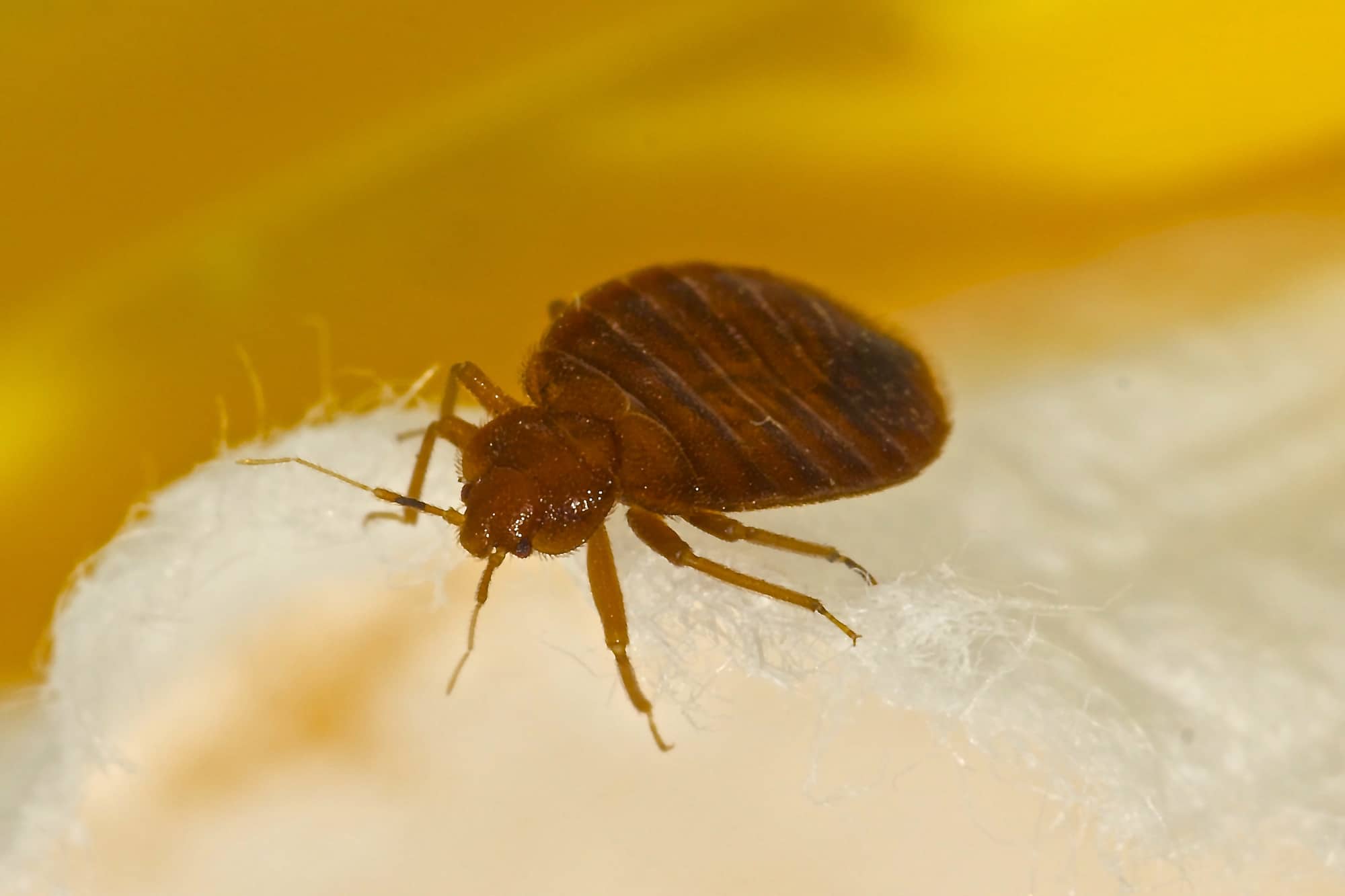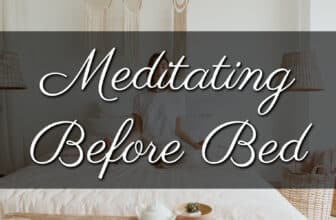A bed bug infestation can strike any time, infiltrating your home without a warning. One of the most common places bed bugs love to inhabit is, of course, your mattress. If this dreaded situation occurs, it can be extremely difficult to remove these pests from your home. Even throwing away most of your belongings, mattress included, won’t do much good. Therefore, you’ll need to come up with a temporary set of beddings that is not conducive to such infestation, aside from sleeping on the floor.
So, can bed bugs live on air mattress? These vermins can live just about anywhere but, thankfully, air mattresses are not the most habitable place for them. Hence, sleeping on one could help minimize your bug problem.
Bed Bugs Explained
Before we discuss bed bugs in relation to air mattresses specifically, let’s get a basic understanding of these creatures. This way, you’ll have a better insight into their characteristics, what they are attracted to, and how to determine if they have infiltrated your home.
What Are Bed Bugs?

Bed bugs are tiny reddish-brown insects that have tapered bodies with horizontal ridges. Measuring only between 1 and 7 millimeters in length, these pests are pretty hard to spot. Their size makes it even more difficult to control the infestation.
Bed bugs also reproduce rapidly. An adult bed bug releases about five eggs per day and after the 2-week incubation period, each egg can hatch as many as 10 bed bug nymphs. These nymphs are almost invisible to the naked eye though they grow in barely noticeable sizes. Their color changes, too, from yellow-white to reddish-brown, similar to their adult counterparts. You wouldn’t know you have these bugs around until you get red itchy bumps on your skin, commonly associated with bug bites.
What Attracts Bed Bugs to Your Home?
Often, bed bugs are brought into your home through your clothes or other belongings that have been exposed to places or people who live in an infested area. Hence, having bed bugs around is quite unavoidable. But, what really attracts these creatures?
Human blood is a bed bug’s primary food, however, they can also survive on animal blood. Basically, your pets or even the rats and mice are the reasons why these bed bugs are thriving in your home. These insects generally feed every 5-10 days but they can actually stay alive for months or as long as one year without food. Their amazing survival ability coupled with the rapid reproduction rate can make it hard to totally get rid of bed bugs.
These tiny pests are also attracted to body heat. That explains their tendency to hide in a mattress, box spring, or bed frame. Additionally, bed bugs are drawn to the carbon dioxide which we exhale with every breath. This means no amount of cleaning can truly keep us from their unwanted attention.
How Do You Know If You Have Bed Bugs?
Generally speaking, you can barely feel a bed bug’s bite and will only notice the bite marks afterward. Therefore, identifying bite marks becomes critical for early detection and eradication in your home.
What do bed bug bites look like? For the most part, they look similar to a mosquito bite. However, keep in mind that we don’t all have the same reaction. The size or amount of swelling can vary slightly from person to person. Bed bug bites are also itchy like that of a mosquito or a flea. The good news is, it is highly unlikely you will experience an allergic reaction as a result of being bitten by bed bugs.
Bed bugs tend to bite people on exposed areas, including the face. What you wear to bed determines where else you can expect to find bitemarks.
Other signs of infestation include eggs or molted exoskeletons on your furniture or tiny blood smears left in their feces. You’ll need a magnifying tool though to spot these things since they’d normally appear like a speck of dust.
Lastly, bed bugs scatter when you turn the lights on because they prefer the shelter of darkness. If you take the sheets off of your mattress while the lights are out and then suddenly turn them on, you’ll see these tiny insects scatter and gather near the edges and corners.
Bed Bugs and Air Mattresses
In the following sections, we will discuss how bed bugs behave in air mattresses, whether or not it is good to use one if your previous bed has been infested, and how to treat air mattress for bed bugs.
Do Bed Bugs Like Air Mattresses?
Can bed bugs live on air mattress? As we briefly mentioned above, yes but there is a little more to it than that. Bed bugs drill tiny holes in mattresses so they can hide until nighttime, at which point they emerge and look for food. With an air mattress, burrowing into the hard vinyl and plastic would be more difficult for a bed bug. Also, even if they succeed, you would immediately know. Your air bed will surely start leaking and you’ll shortly land on the floor.
Truly, the materials used to construct an air mattress are less appetizing to a bed bug. However, that doesn’t stop them when it comes to the hard structure of a box spring. Instead, they adapt and this kind of determination can be seen with air mattresses. As opposed to burrowing, bed bugs can hide in large seams around the edges. They even thrive on the textured surface of the mattress which is often made from a more hospitable material. Besides, it’s bound to have more creases and indentations.
An air mattress certainly is not going to be a bed bug’s first choice though and they can be cleaned enough to keep you from these pests. With this alternative, you won’t be sleeping directly on the floor in case you’d have to dispose of your mattress. You might still be wondering if there’s any need to throw your bed away because of these bugs. Sadly, in most cases, the answer is yes. It’s basically impossible to eliminate bed bugs in a mattress because they can live for so long without food. Moreover, it is quite difficult to expose something as huge as your mattress to extreme temperatures necessary to completely eradicate the infestation. Also, many mattresses would not survive intense heat without sustaining structural damages along the way.
How to Treat an Air Mattress for Bed Bugs
Aside from being less hospitable than a foam or hybrid bed, air mattresses are great if you want to get rid of bed bugs because they easily fit into zippered mattress encasements. This is particularly handy in preventing these insects from inhabiting your temporary bed. If you’re wondering how to keep the bed bugs from climbing your bed, do try a plastic casing. The material is slippery and hard to climb, even for these tiny critters.
Additionally, you can wash an air mattress in your tub or in any large container that allows complete submersion of the bedding when deflated. Can you put an air mattress in the dryer? Definitely not, so hang your air mattress out in the sun whenever possible. Make sure that your air mattress is absolutely dry before refilling with air. Otherwise, the inner lining will start to develop mold which can be harmful to your health.
Preventive Measures

Completely ridding yourself of bed bugs can be tricky and it takes a lot of time and effort. Often, success lies in persistence and paying attention to details. After all, chances are pretty good that these pesky critters might spread beyond your bed. We highly recommend calling a pest control specialist as soon as you notice any sign of bed bugs in your home. For the most part, this isn’t something you should try to handle on your own.
If you are curious about the prevalence of bed bugs in your area, there is a North American database that alerts you to current activity and sightings. It is also possible to check and see which hotels and apartment buildings make the list. You can easily refer to the bed bug registry if you plan on moving to a new apartment or traveling in the near future.
The Environmental Protection Agency (EPA) also offers some helpful guidelines when it comes to preventing and controlling a bed bug takeover. It would be a good idea to check out their recommendations.
Where Else Do Bed Bugs Hide?
Regardless of their name, bed bugs can live just about anywhere. They are kind of like cockroaches in that regard. They will live in any place, whether it is clean or dirty, as long as it provides them with a pitch-black and less disturbed environment.
Other than your mattress, bed bugs will create a new home for themselves in cupboards, holes in the wall, pipes, any type of furniture, or even picture frames. Can bed bugs live in a carpet? Yes, but they generally do so only in a cluttered area that will keep them less exposed. Make sure to clear any clutter in your home as a first step if you want to get rid of these hidden pests.
Next Steps
If you’ve ever experienced staying in a hotel with bed bugs or have suffered through a home invasion yourself, you know just how annoying these creatures can be. You’re likewise aware that every precaution must be taken to eliminate them, even if it means throwing your mattress away, as many people do. When this happens, it is wise to use an air mattress until the bed bugs are completely gone. Aside from being a cheaper alternative, it can also be cleaned. Furthermore, this type of bed is less conducive to infestation and is easily wrapped in a zippered encasement for additional protection.
Can bed bugs live on air mattress? Yes, but an air mattress still makes a great interim bed option if you can’t afford to stay somewhere else while the bed bugs are being completely eradicated.






